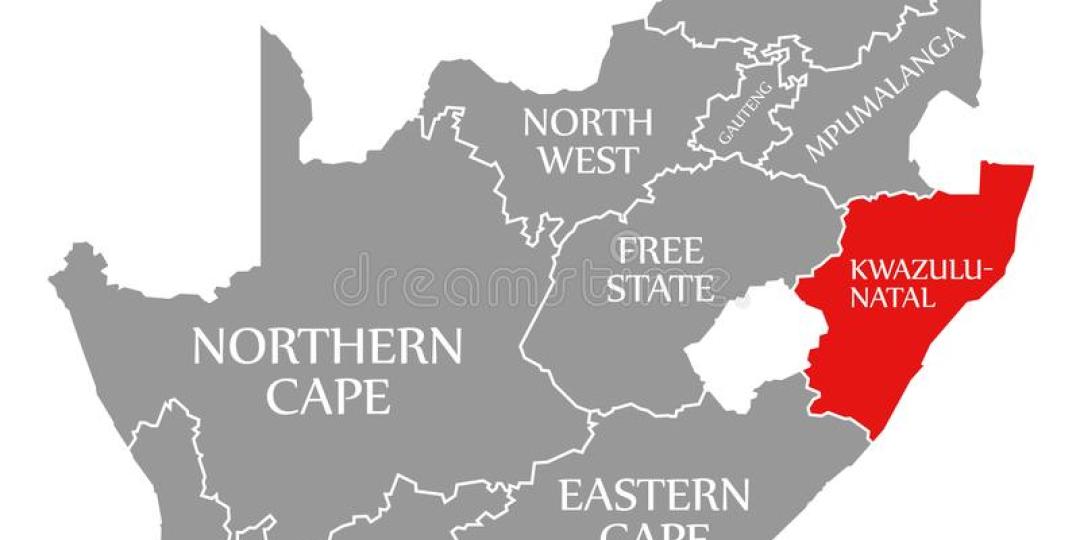Vodacom KwaZulu-Natal region’s drive to connect everyone to the digital economy irrespective of where they live, is changing lives. The region has accelerated its deep rural network investment to cover remote areas of the province that had no mobile network connectivity. An investment of close to R100 million over three financial periods has led to the deployment of 84 new base station sites, ushering in a new era of mobile connectivity and successfully driving digital inclusion for all.
The new sites were rolled out in nine district municipalities and 14 local municipalities including Jozini, uMhlabuyalingana, uMfolozi, uMlalazi, uMsinga, uMzumbe, uMgeni, Ray Nkonyeni, Mandeni, eNdumeni, eDumbe, Msunduzi, Newcastle and Nqutu. This is part of Vodacom’s rural coverage acceleration programme, aimed at expanding network coverage for people who live in deep rural areas of South Africa to augment the good work that Vodacom regions have done in ramping up network infrastructure outside of urban areas over many years.
Ishmael Mathinya, executive head for operations in Vodacom KwaZulu-Natal, said: “In a bid to ensure the widest and first-class network that is accessible to all South Africans, we made a deliberate decision to invest in the region and are making great progress so that we leave no-one behind. The R100m investment in deep rural areas has enabled us to further expand our 3G and 4G network coverage, increase data speed, and help reduce our dropped-call rate, ensuring that we continue to deliver on our ‘leading network’ promise. Critically, with these new base station sites, we have connected previously unconnected areas, enabling scores of people to use innovative digital services in their daily lives that will empower them in a digital age.”
The specific areas covered include: Jozini rural: Dokolwane, Ekuhlehleni, Ndumo, Ndabeni, Mahlabeni, Mombeni Community Hall, Mamfene, Bhekindoda; uMhlabuyalingana: Nkundwini, KwaSonto, Esphahleni, Mtinkwe, Kwamshudu Primary School, Gazini, Thelizolo, Border Post, Star Mission, Manguzi Temp and Manguzi Taxi rank; Endumeni rural: Sithembile near Sebenzakusakhanya School; eDumbe: Dumbe, Ophuzane; Mandeni: Mandige; Nqutu: KwaNyoni; Ray Nkonyeni: Izingolweni; uMfolozi rural: Kwambonambi; uMsinga: Pomeroy and uMzumbe; and Mathulini near Gobhela School.
Vodacom’s commitment to accelerate network coverage for people who live in deep rural areas has yielded significant positive societal impact. Within months of Vodacom having deployed new 3G and 4G sites, school-going children can now access the internet for the first time, whilst those who are actively looking for jobs are using their smartphones so that they can apply for jobs online. They have the option of using Vodacom’s e-School and jobs portals that are both zero-rated for Vodacom subscribers. Those who previously had to travel long distances to do banking are now doing this on their devices from the comfort of their homes.
The World Bank study concludes that a 10 percentage point increase in fixed broadband penetration could increase GDP growth by 1.21% in developed economies and 1.38% in developing ones.
In this financial year (FY21/22), the region is planning to deploy 29 new deep rural base stations with all standard technologies across KZN region to cover 14 municipalities. The municipalities that will obtain a greater share in this financial year include uPhongolo, Umtshezi, Okhahlamba, uMZumbe, Ray Nkonyeni, uMhlabuyalinga, Umuziwabantu, Alfred Duma, Dannhauser, uMzimkhulu, uMsinga, uMhlathuze. The areas include Nyavini, Sitezi, Gansa, Bobweni, KwaNzimakwe, KwaMlamula, Manyampisi, KwaMasondo, Shemula Gata, Phakamisa and Sitilo.
The new investment is going to bolster the local economic development, including empowering SMMEs as well as benefiting over 80 communities. Secondly, by deploying 3G and 4G in nine district municipalities of KZN Province, we continue to help bridge the digital divide and foster digitalisation in the rural communities. These sites will also address the crime challenges in various areas, including cross border, through reliable communication with community service centres. Critically, by the end of FY21/22, the region has an ambition to achieve 95% 4G population coverage in KZN province.















